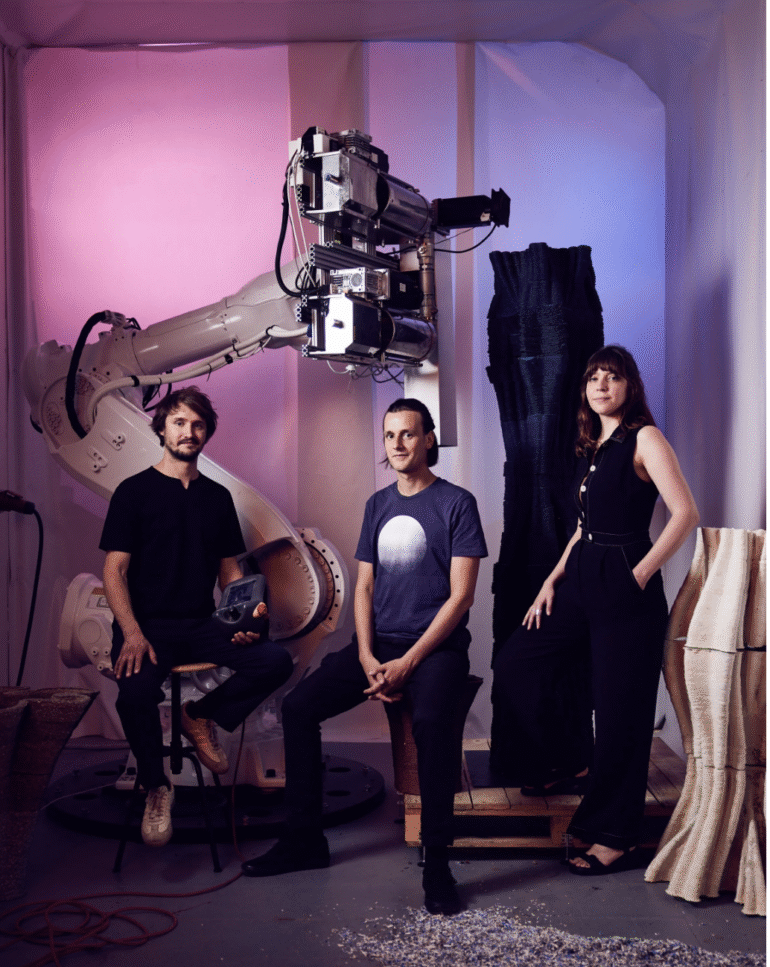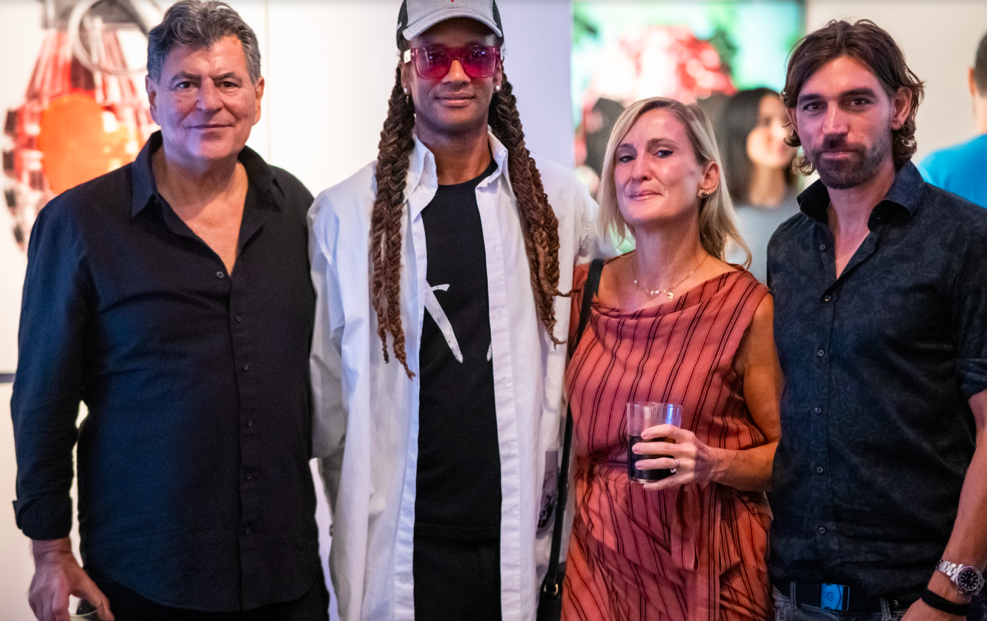Culturalee interviewed Blast Studio about their recent project at Park Royal Design District as part of London Design Festival. Blast Studio reimagines urban waste as a resource for design using Cupsan, an innovative material made from London’s discarded coffee cups. Through a series of new furniture pieces, sculptural works, and collaborative research, Blast Studio explores what “Made in London” can mean when local waste, knowledge, and craftsmanship converge. Their practice embodies a vision of circular and regenerative design, proving that what cities throw away can be transformed into something both sustainable and beautiful.
Founded in 2018 by designers and architects Paola Garnousset, Martin Detoeuf, and Pierre de Pingon, Blast Studio is a London-based practice transforming urban waste into innovative biomaterials, furniture, and architectural elements. Their work sits at the intersection of nature, technology, and design, turning discarded resources into future-facing materials and forms.
From early experiments with living organisms like Mycelium to the development of Cupsan–a sustainable material made from waste coffee cups and sawdust–Blast Studio bridges research, craft, and production. Their projects span experimental artworks, public exhibitions, and bespoke commissions, often creating panels and objects designed to integrate seamlessly into architectural and interior environments.
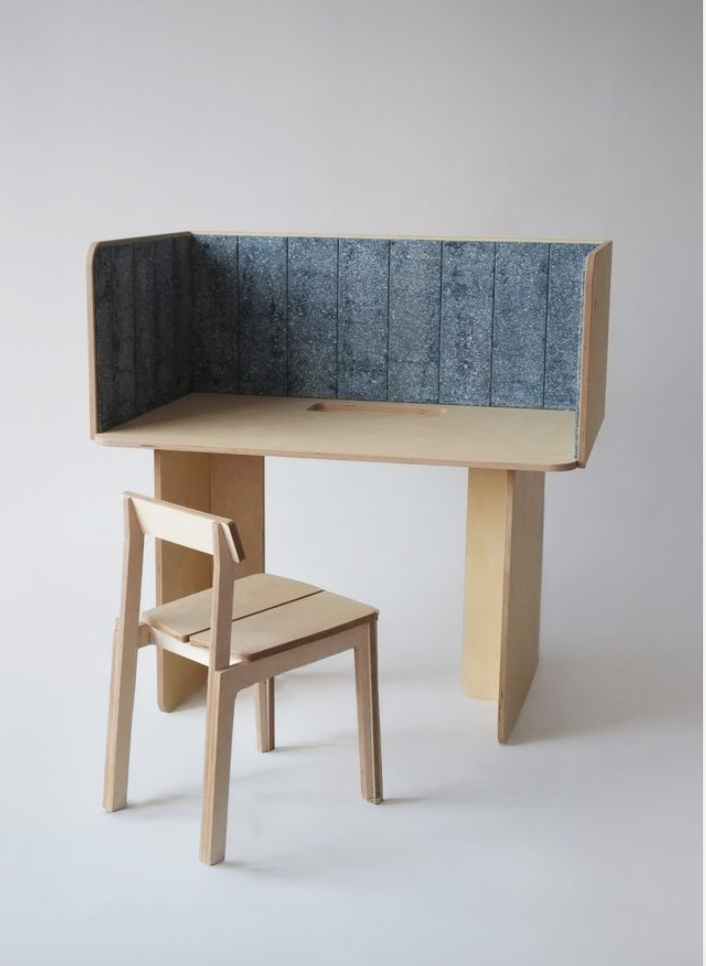
Your work with Cupsan–a material made from London’s discarded coffee cups–pushes the boundaries of sustainable design. How do the new furniture pieces, sculptures, and research collaborations reflect your vision for circular and regenerative materials in urban environments?
The projects we work on, whether in furniture, sculptures or research, are rooted in circularity and in the idea of working at a local scale with local materials, knowledge, and techniques. We think of Cupsan as a kind of neo-vernacular material, made from what is discarded locally and carrying the identity of the city within itself.
To plant that identity into the material, we often work directly with waste collected from our clients to create pieces for them. For example, in the Happy Sky Bakery project designed by TMTO Architecture, we collected used coffee cups directly from the owners’ previous bakery to produce custom panels for their new space on Tottenham Court Road.
We’re also exploring what Made in London can look like through collaborations with companies like Opendesk, where we’re developing a series of desks, chairs, and shelves using their designs, our material, and local manufacturing at workshops like POW, also based in Park Royal.
With Cupsan, we see locality both as a supply chain strategy and an opportunity to collaborate with designers and craftspeople to show how waste can be transformed into beautiful regenerative products within the very cities where it’s generated.
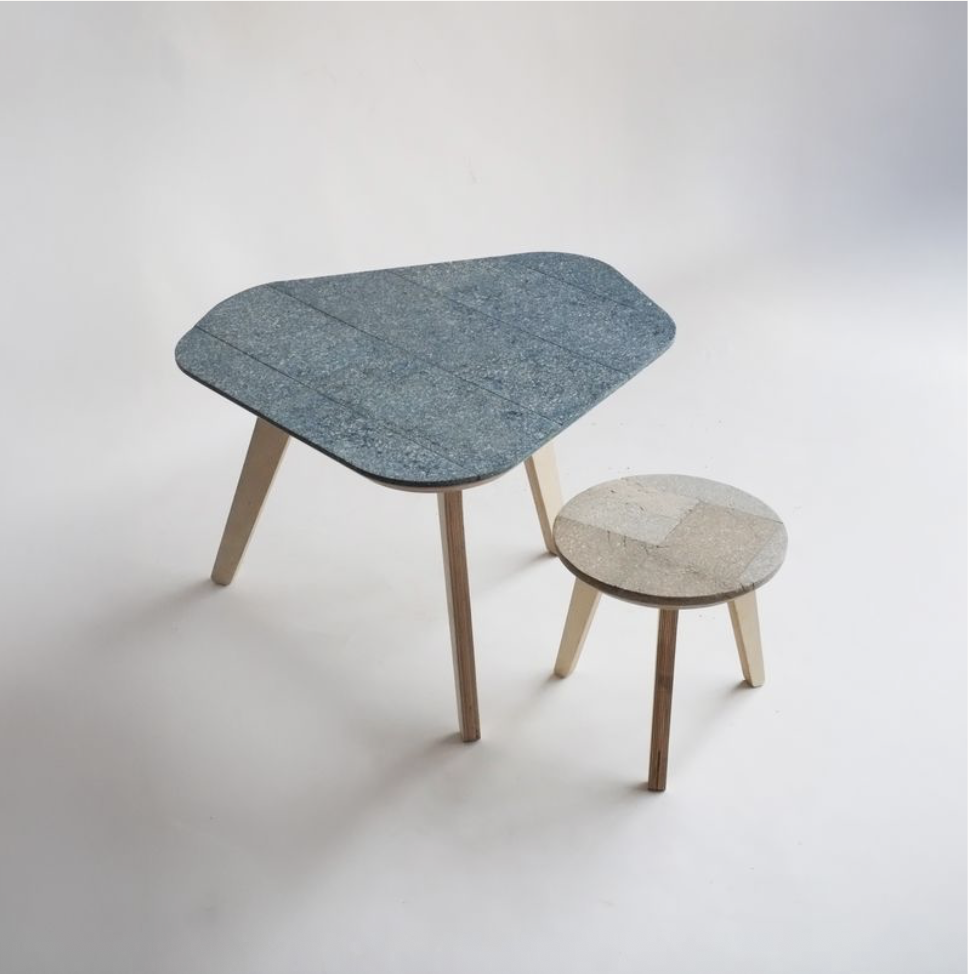
From 3D-printed sculptures to living clay bricks co-developed with Baum & Leahy, your studio blends design, technology, and ecology. How do you see these innovations shaping the future of architecture and public space in cities like London?
In our work we’ve been very interested in the idea of bio-inclusive architecture, looking at how we can design cities that integrate other species alongside humans to create more sustainable, open, and green urban environments. For example, we’ve worked with mycelium, the root network of fungi, to reinforce our 3D-printed structures made from used coffee cups, exploring how living organisms could become part of the materials and systems of future cities.
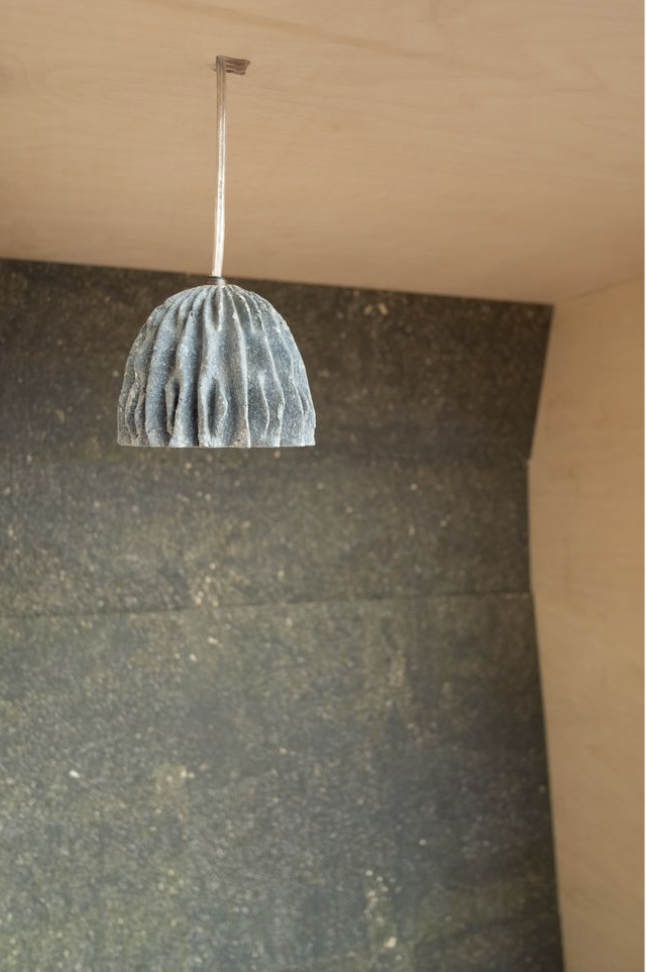
With Baum & Leahy, we developed clay modules designed to host plants and pollinators. These modules incorporate a passive irrigation system that helps regulate plant growth during warm weather, turning building facades into habitats that support both ecology and human life.
Through projects like these, we want to challenge the idea that technology in the built environment must always be energy-intensive or overly complex. Instead, we explore how design and manufacturing can be conceived as low-tech, passive systems, where technology and nature work together in symbiosis to shape the future of architecture and public space.
Find out more about Blast Studios here.


